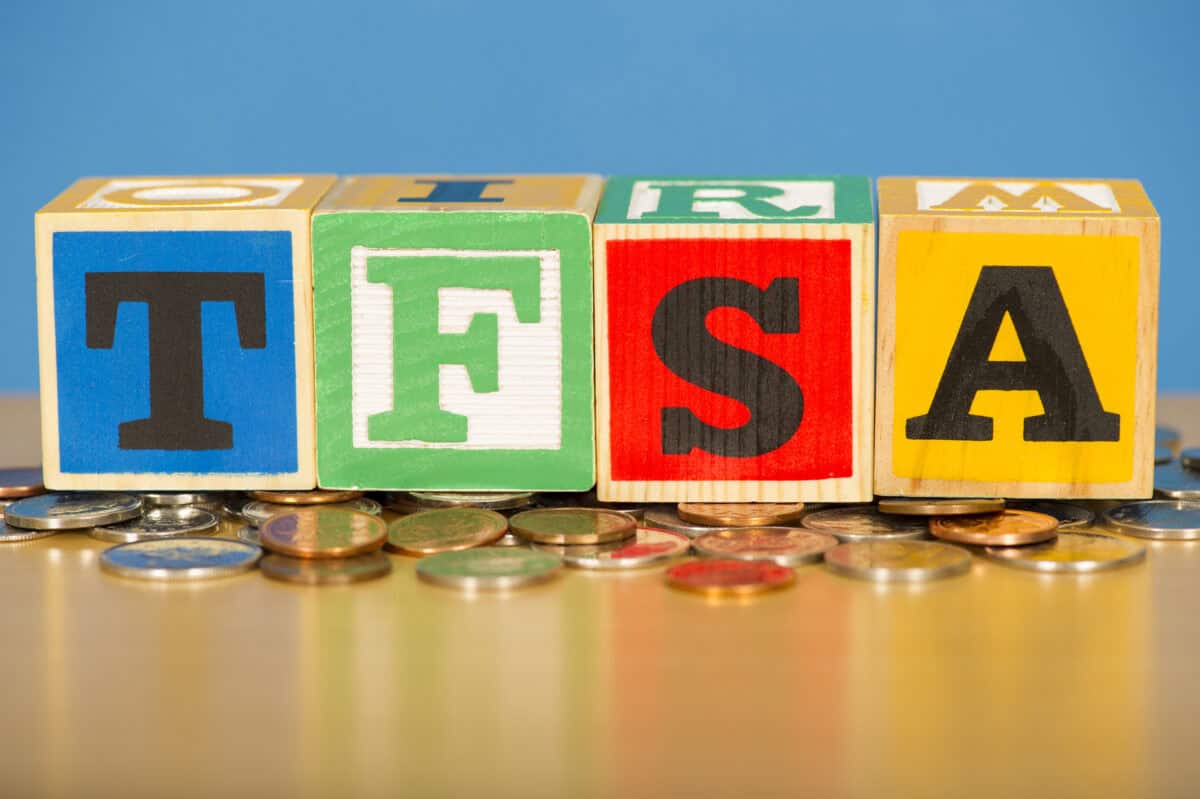Here's Exactly How $20,000 in a TFSA Could Grow to $300,000

Can you grow $20,000 into $300,000 by holding the iShares S&P/TSX Index Fund (TSX:XIC) in a TFSA? Can you grow a $20,000 tax-free savings account to $300,000? At first glance, that might look like the type of investment result promised by someone “selling a dream.” That’s an increase of 1,400% – of course, that can’t be done… right? But in fact, it can be done. Most obviously, you can boost the ending amount of your TFSA balance by contributing more money to it at intervals, and investing the amounts contributed. That’s a pretty straightforward way to get to $300,000 in a TFSA which only has $20,000 in it today. However, it’s also possible to grow a $20,000 TFSA amount into $300,000, ignoring the effects of future contributions. It won’t happen overnight, but it can happen within the span of a typical investing lifetime. In this article, I will explain how it can be done. The magic of compounding The way $20,000 could grow into $300,000 is through the magic of compounding. If you look at it intuitively, you’d probably think “a 10% annual return on $20,000 is $2,000 per year, there’s no way that ever grows to $300,000.” If returns grew linearly then you’d be right. However, returns such as capital gains and re-invested dividends don’t grow linearly, they compound, which means they grow exponentially. To find out how long it takes to grow $20,000 to $300,000 at a 10% rate of return, you multiply 1.1 raised to years elapsed by $20,000. It ends up being roughly 29 years, which is well within the span of a typical investing lifetime. Ten percent is a pretty typical long-term stock market index fund return. So, a $20,000 TFSA amount can in fact grow to $300,000 in a reasonable timeframe. Investments that offer 10% returns Having established that you can turn $20,000 into $300,000 with a 10% return, we next need to determine which investments offer such returns. As I mentioned previously, 10% is a pretty typical stock index fund return, so let’s look at one of those. The iShares S&P/TSX Capped Composite Index Fund (TSX:XIC) is a fund that has returned about 10% compounded annually over the long term. As a highly diversified broad market index fund, it has a chance of doing so again in the future. First, the fund is highly diversified, with 220 stocks. This diversification nearly eliminates specific risk in the fund’s holdings, lowering overall risk and increasing returns compared to a narrow group of randomly chosen stocks. Second, the fund has very low fees; a 0.05% management fee and a 0.06% management expense ratio. These fees are so small that you will barely notice their effect. Third and finally, the fund is very widely traded, which reduces bid-ask spread costs. All of these advantages add up to make XIC a very appealing investment that has a good shot at returning 10% annually with dividends reinvested. If you hold XIC in a TFSA, you get to take home all of those returns without taxes, meaning the 10% you might earn is the 10% you might keep. So, consider holding the XIC ETF in a TFSA. It’s likely to do much better than you’d do picking stocks.

















